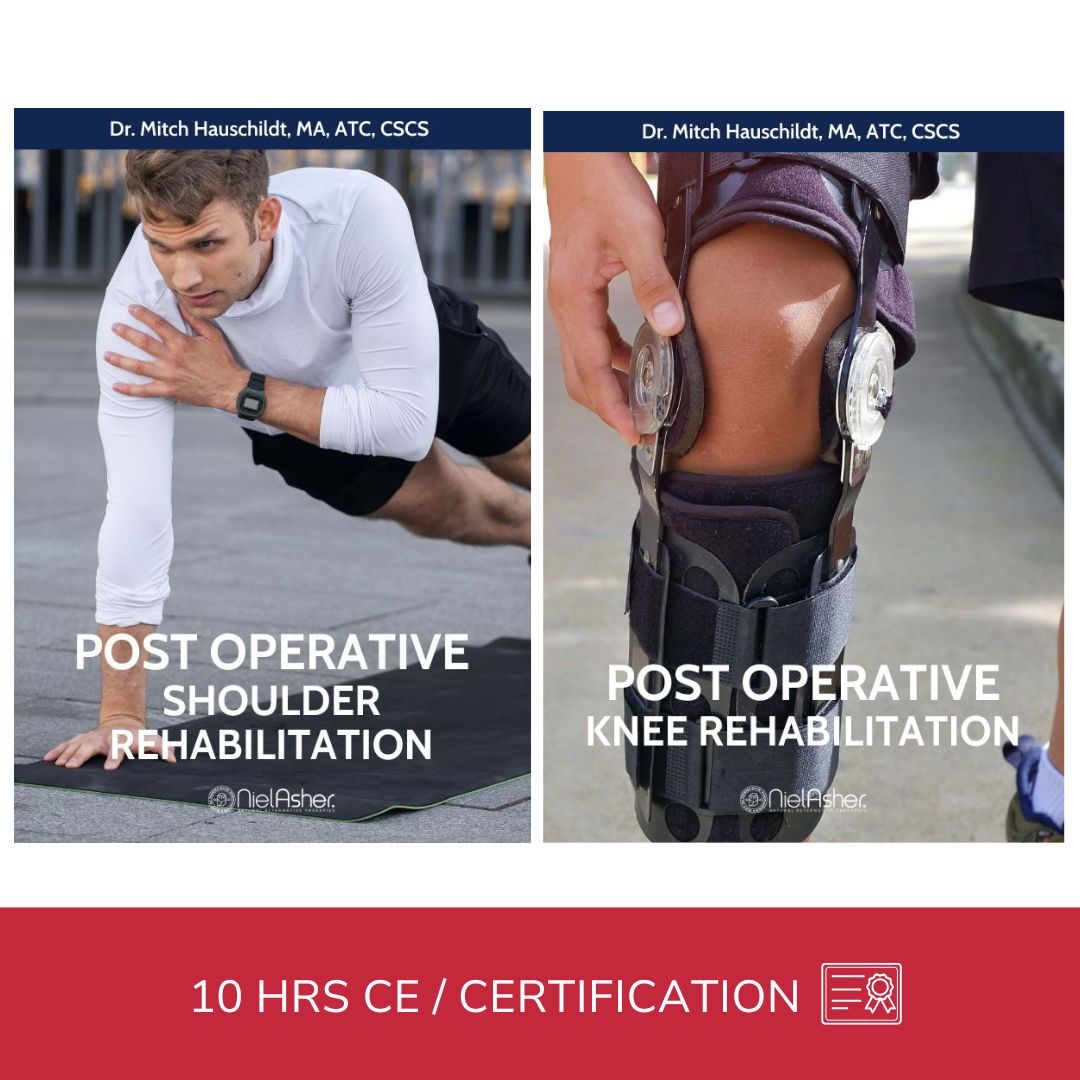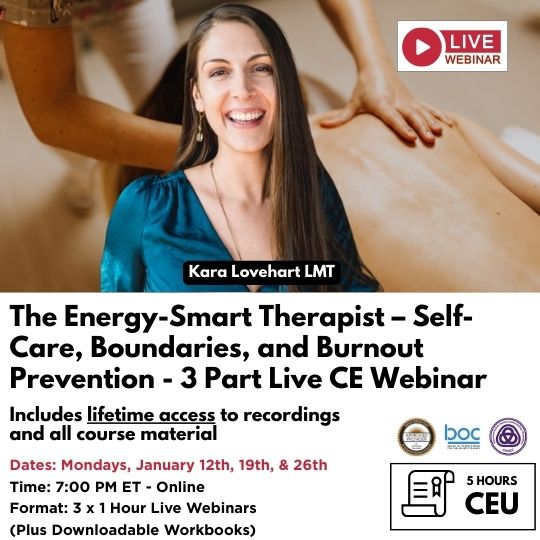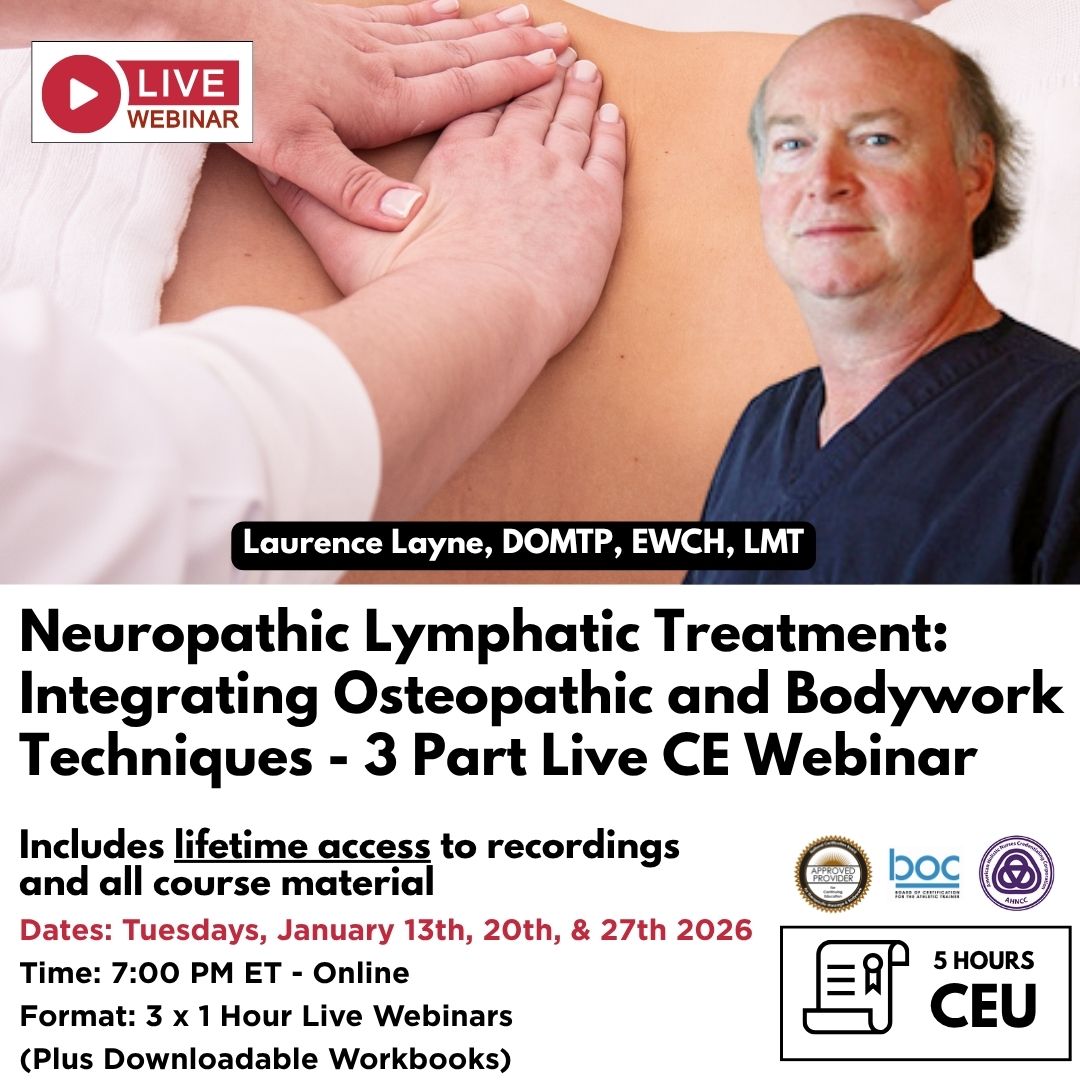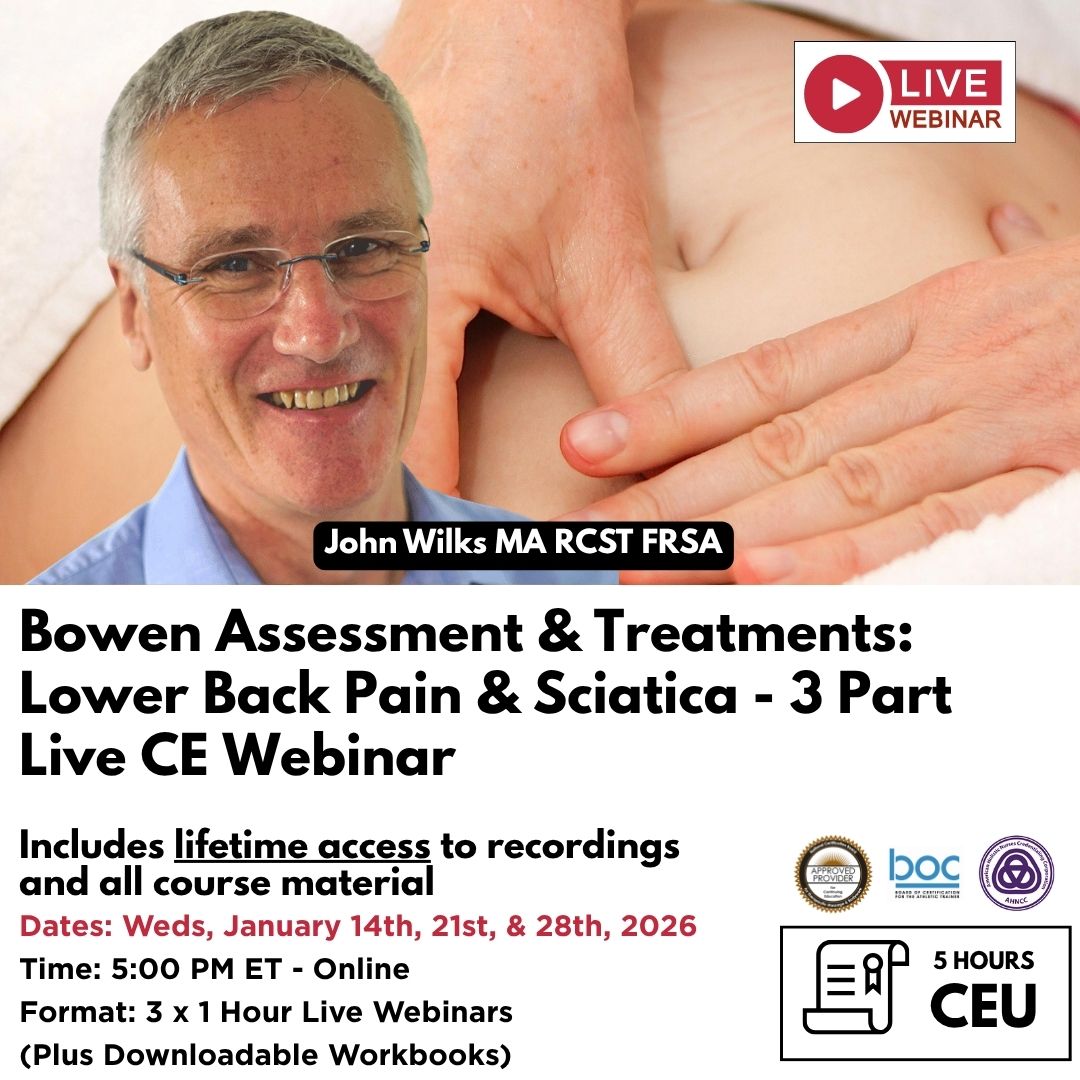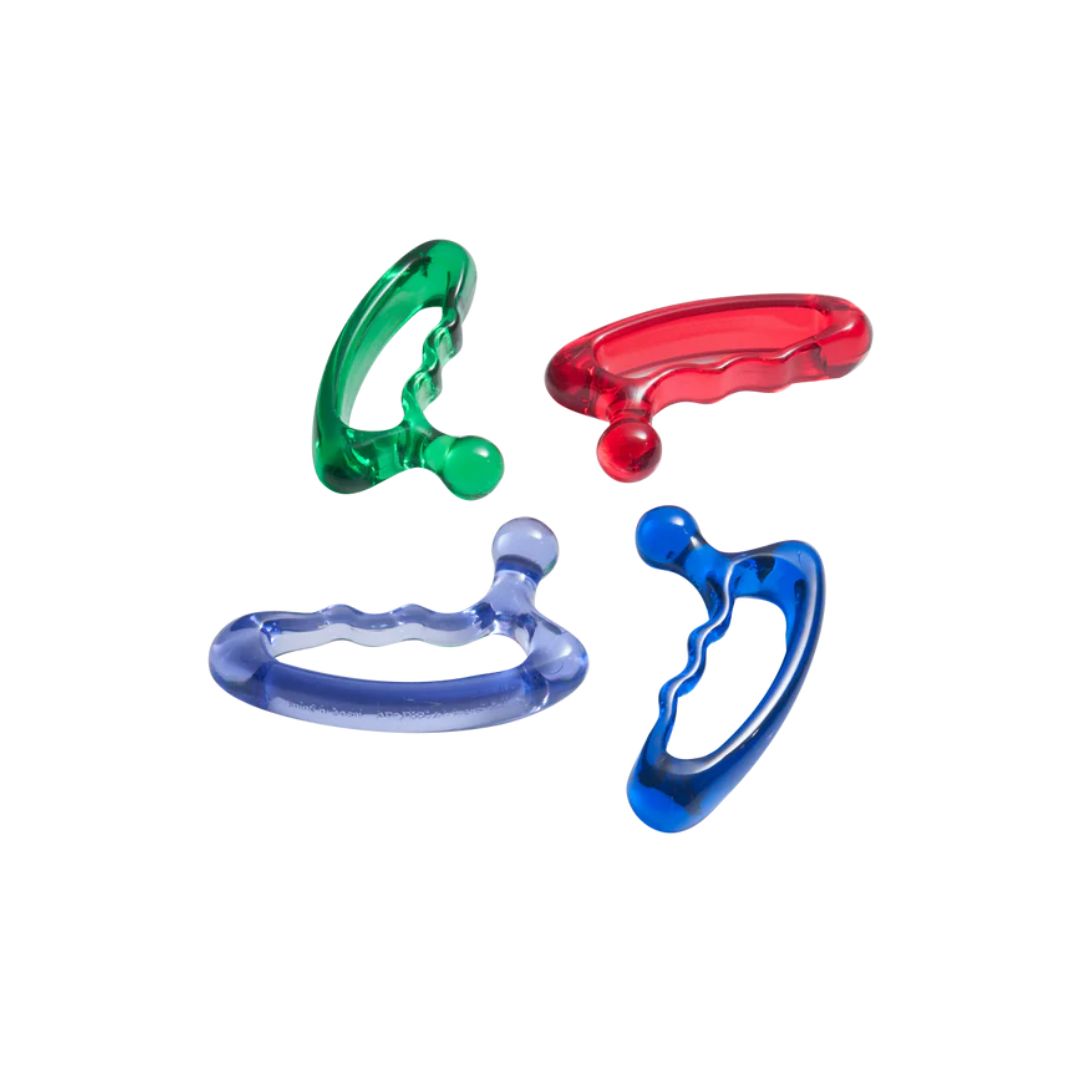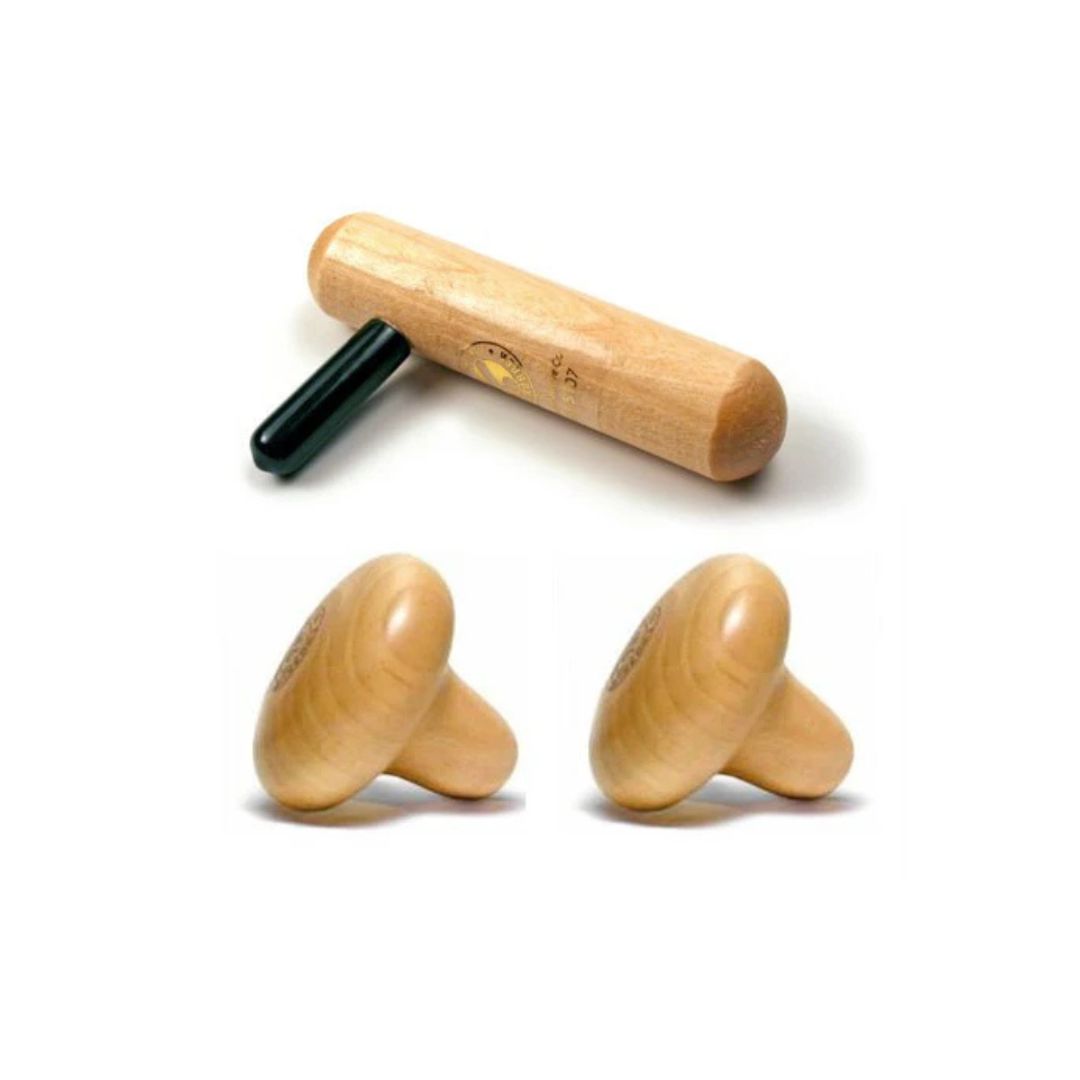What’s Really Happening When You Get a Massage? Dr. Mark Olsen Explains the Neuroscience
The Connection Between Neuroscience and Massage Therapy
In this fascinating episode of Treatment Room Secrets, host Dani Marks sits down with Dr. Mark Olsen, PhD in Neuroscience and practicing massage therapist, to explore how cutting-edge brain science is reshaping the way we understand massage therapy.
Dani opens the conversation with a simple observation: most massage therapists, and even many clients, still think about massage in purely physical terms—pushing, stretching, and manipulating muscles, fascia, and connective tissues. But as Dr. Olsen explains, this traditional model only scratches the surface. "We are not really manipulating tissue the way we think we are," he says. "What we're really doing is interacting with the nervous system."
Beyond Muscles and Fascia: The Nervous System at Work
Dr. Olsen takes us deep into the science behind what actually happens during a massage session. The sensations of touch, pressure, and movement all feed into the client’s nervous system, not just their muscles. These sensory inputs trigger complex processes within the brain, spinal cord, and autonomic nervous system. It's not about "breaking up adhesions" or physically altering fascia during a one-hour session—rather, it's about influencing perception, attention, and emotional states.
"The nervous system is designed to constantly filter and interpret sensory input," Dr. Olsen explains. "Massage gives the body a flood of safe, nurturing sensations. That alone can shift someone out of a stress response, even if nothing measurable changes in their tissues."
Why We Feel Better After a Massage
So why does massage feel so good? The answer lies in what Dr. Olsen describes as "sensory activation." Just like a day at the beach stimulates your senses with warmth, sound, movement, and gentle touch, massage floods the body with safe, novel sensory information. This heightened awareness helps quiet the mind and calm the nervous system. The result is a temporary rebalancing of the neurochemical "soup" that shapes our mood, pain perception, and overall wellbeing.
"We often think we're treating tight muscles," Dr. Olsen says. "But really, we're treating the client's experience of their own body."
The Power—and Responsibility—of Touch
Dani and Dr. Olsen also explore the deeply intimate nature of massage. As adults, most of us rarely experience safe, unconditional touch outside of our closest personal relationships. "For some clients, massage is the first time in years they've received nurturing physical contact," says Dr. Olsen. That can bring powerful emotions to the surface, including unresolved trauma.
This, he argues, is why every massage therapist should be trauma-informed. "We're not just working with muscles. We're working with the whole person—their nervous system, their psychology, their past experiences. It's a huge responsibility."
Rethinking Chronic Pain
One of the most thought-provoking parts of the conversation focuses on chronic pain. Dr. Olsen emphasizes that chronic pain often has little to do with structural damage in tissues, despite how we tend to think about it. Instead, it's largely driven by persistent patterns in the nervous system—patterns shaped by stress, trauma, and even belief systems.
"When you understand that pain is modulated by your brain, spinal cord, hormones, and emotions, it opens up new hope for clients," Dr. Olsen explains. "It means their pain isn’t necessarily a sign that something is permanently broken. It means the nervous system can learn new patterns."
Expanding the Role of Massage Therapy
Far from diminishing the profession, Dr. Olsen believes this expanded view elevates massage therapy to its rightful place as a powerful, sophisticated healing art. "Touch is incredibly potent," he says. "A skilled therapist isn't just applying a technique—they're engaging in a complex, attuned interaction with their client’s nervous system. That’s where real change happens."
As Dani observes, this perspective challenges massage therapists to see their work as far more than tissue manipulation. "It's like dancing with your client’s nervous system," he reflects. "When the therapist, the client, and the nervous system are all tuned into the same process, that's where the magic happens."
Listen and Learn
This is an episode that every massage therapist, bodyworker, and healthcare provider should hear. Dr. Olsen masterfully bridges the gap between science and hands-on practice, offering insights that can transform the way we understand the true power of touch.
Watch the full episode of Treatment Room Secrets with Dr. Mark Olsen available above, or find it on all major podcast platforms.
About the Podcast
Treatment Room Secrets is hosted by Dani Marks, former D1 athlete and Head of Partnerships for Niel Asher Education. Each episode features leading voices from the world of massage therapy, rehabilitation, and integrative health, offering deep insights and practical takeaways for professionals who work with the human body.
About Niel Asher Education
Niel Asher Education (NAT Global Campus) is a globally recognised provider of high-quality professional learning for hands-on health and movement practitioners. Through an extensive catalogue of expert-led online courses, NAT delivers continuing education for massage therapists, supporting both newly qualified and highly experienced professionals with practical, clinically relevant training designed for real-world practice.
Beyond massage therapy, Niel Asher Education offers comprehensive continuing education for physical therapists, continuing education for athletic trainers, continuing education for chiropractors, and continuing education for rehabilitation professionals working across a wide range of clinical, sports, and wellness environments. Courses span manual therapy, movement, rehabilitation, pain management, integrative therapies, and practitioner self-care, with content presented by respected educators and clinicians from around the world.
Known for its high production values and practitioner-focused approach, Niel Asher Education emphasises clarity, practical application, and professional integrity. Its online learning model allows practitioners to study at their own pace while earning recognised certificates and maintaining ongoing professional development requirements, making continuing education accessible regardless of location or schedule.
Through partnerships with leading educational platforms and organisations worldwide, Niel Asher Education continues to expand access to trusted, high-quality continuing education for massage therapists, continuing education for physical therapists, continuing education for athletic trainers, continuing education for chiropractors, and continuing education for rehabilitation professionals, supporting lifelong learning and professional excellence across the global therapy community.
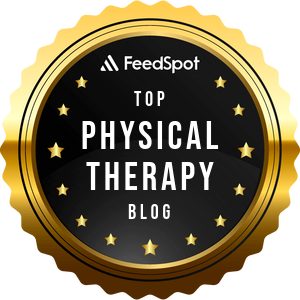
Continuing Professional Education
Looking for Massage Therapy CEUs, PT and ATC continuing education, chiropractic CE, or advanced manual therapy training? Explore our evidence-based online courses designed for hands-on professionals.



